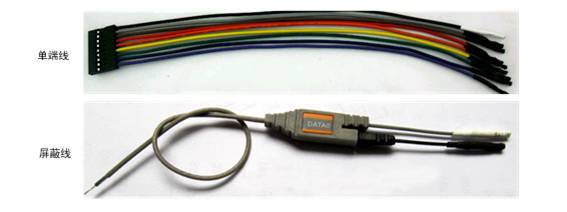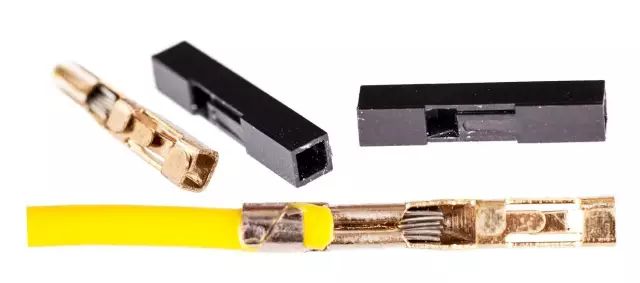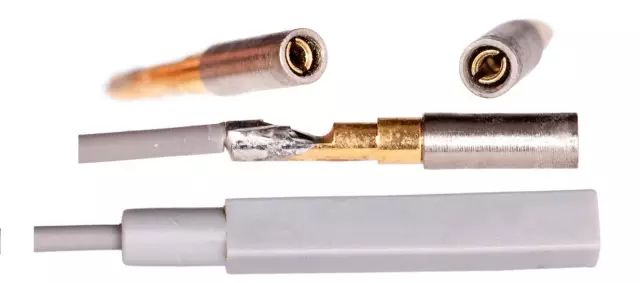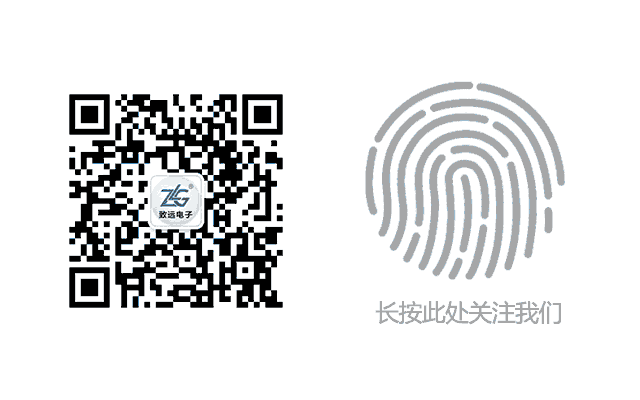
Abstract
There are numerous articles introducing the performance of logic analyzers, but few specifically discuss the measurement probes for logic analyzers. It is important to note that the instrument itself is only part of the measurement system; the choice of measurement probes and their manufacturing processes are also crucial. Many times, we use the most robust iron rings but connect them with plastic ropes. Today, we will share insights on measurement probes for logic analyzers.
Logic analyzers generally consist of four parts: probes, signal processing, data acquisition, and data display. As shown in Figure 1:
 Figure 1 Hardware Structure of Portable Logic Analyzer
Figure 1 Hardware Structure of Portable Logic Analyzer
The selection of probes is the first step in measuring signals. Using an inappropriate or poor-quality probe can affect measurement results. Therefore, it is essential to ensure that the probe has minimal impact on the circuit being tested.
When users select and use a logic analyzer, they should not only focus on the protocol decoding functions of the upper computer software but also pay attention to the following aspects.
1. Form of Measurement Probes
The styles of measurement probes provided by different manufacturers vary, with lengths typically exceeding 20 cm, and they come in single-ended and shielded types.
 Figure 2 Single-ended and Shielded Probes
Figure 2 Single-ended and Shielded Probes
 Table 1 Comparison of Single-ended and Shielded Probes
Table 1 Comparison of Single-ended and Shielded Probes
2. Measurement Bandwidth
Manufacturers provide bandwidth parameters in the user manuals, as shown in Table 2. Currently, there is no clear definition of bandwidth for logic analysis: based on the author’s experience, this bandwidth value depends on the minimum of the asynchronous sampling rate/2, synchronous sampling rate, and probe bandwidth.
 Table 2 Bandwidths Provided by Different Manufacturers
Table 2 Bandwidths Provided by Different Manufacturers
Note: To accurately measure signals, it is recommended to select a bandwidth value that is more than twice the frequency of the actual signal being measured.
A single-ended measurement probe of 1 foot (approximately 25.4 cm) can measure signals below 10 MHz with negligible measurement errors without matching. After simple matching, it can measure signals up to 30 MHz.
Considering user convenience, the LA2000A series uses single-ended measurement probes and matches the probes with the main unit, allowing measurement of TTL level signals up to 80 MHz.
The LAB7000 series uses shielded measurement probes, with an actual bandwidth of up to 670 MHz, which is more than twice the measured bandwidth of 250 MHz. This ensures that signals are accurately captured.
3. Ringing and Crosstalk
Logic analyzers typically have multiple input channels. When measuring multiple signal lines, the ringing and crosstalk introduced by the measurement probes cannot be ignored. As shown in Figure 3, a low-frequency square wave signal is affected by another high-speed, high-frequency signal’s crosstalk.
 Figure 3 Obvious Crosstalk Waveform
Figure 3 Obvious Crosstalk Waveform
Based on experience, when testing signals below 10 MHz, the interference from single-ended measurement probes can generally be ignored.
For signal rates between 30 MHz and 100 MHz, using single-ended measurement probes may result in capturing abnormal signals. In this case, the impact of the measurement probes should be ruled out first, and shielded probes should be used for measurement.
When the signal rate exceeds 100 MHz, users must use measurement probes with shielding and connect the shielding layer to the signal ground. If the shielding layer is not grounded, it will still be susceptible to interference from other signals, just like single-ended probes.
4. Durability of Probes
Measurement probes consist of plugs and wires. Common measurement probes are made of Dupont connectors + 26AWG 7-core tinned wire, where the Dupont connector is a stamped part with poor flexibility in the metal spring piece, which can easily become loose and have poor contact after multiple insertions. The advantage is that they are inexpensive and easily available.
 Figure 4 Dupont Connector
Figure 4 Dupont Connector
The measurement probes bundled with the ZLG Zhiyuan Electronics LA2000A series have a plug made of a three-layer structure: an insulated plastic sleeve, a one-piece gold-plated copper sleeve, and two high-elasticity gold-plated spring pieces.
 Figure 5 Custom 2.54mm Plug from ZLG Zhiyuan Electronics
Figure 5 Custom 2.54mm Plug from ZLG Zhiyuan Electronics
The gold-plated spring pieces can effectively form surface contact with the test signal’s pin header and ensure a certain level of reliability after multiple insertions and removals, avoiding poor contact. The wire is made of 26AWG 18-core silver-plated copper wire, which has good electrical performance. It also undergoes tensile, swing, and bending tests to ensure that the wire is not easily damaged or broken.
Contact Information
-
Sales Phone: 400-888-4005 press 1
-
Technical Support Phone: 400-888-4005 press 2
Zhiyuan Electronics (ID: ZLG_zhiyuan )
Haven’t followed Zhiyuan Electronics yet? You will miss out on daily valuable content! You will miss a historical moment that overturns foreign brands!! Sometimes you want to prove something to ten thousand people, but in the end, you find that you only got one understanding person, and that is enough. Are you the congee we have been waiting for? Our WeChat ID: ZLG_zhiyuan.
